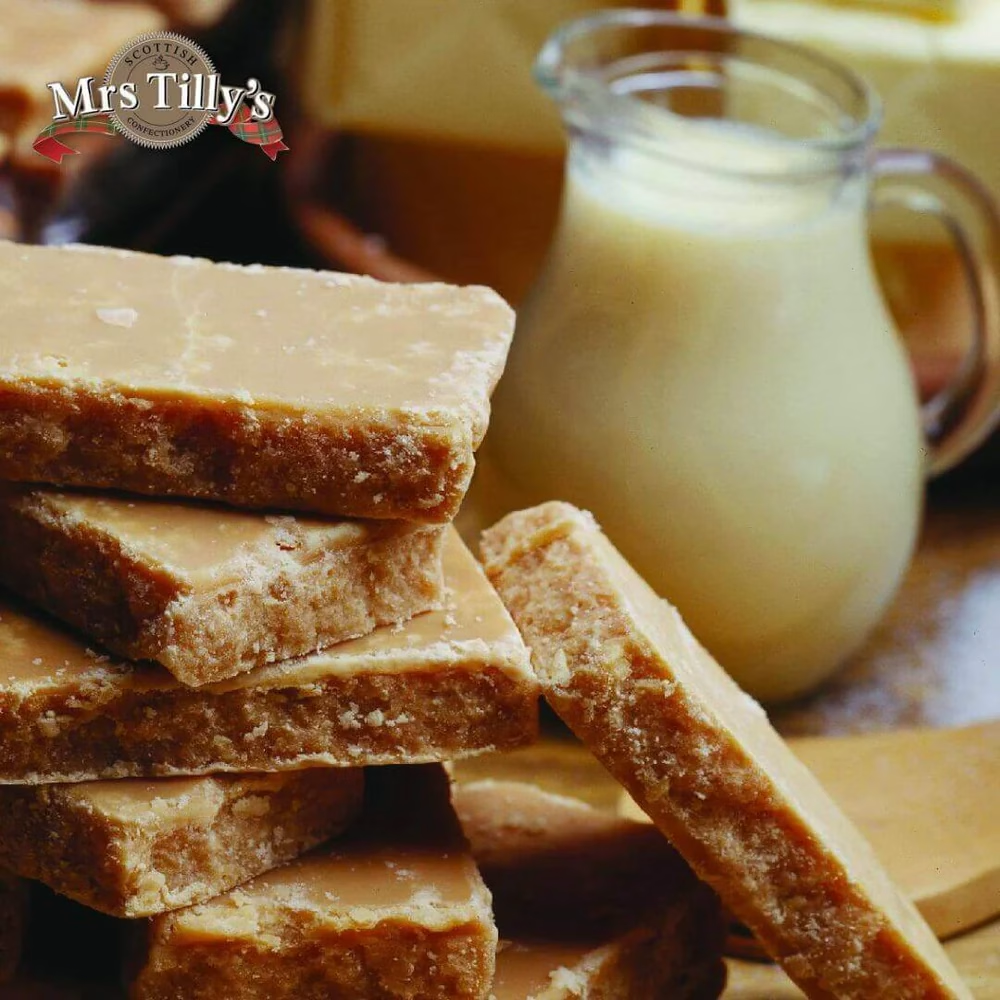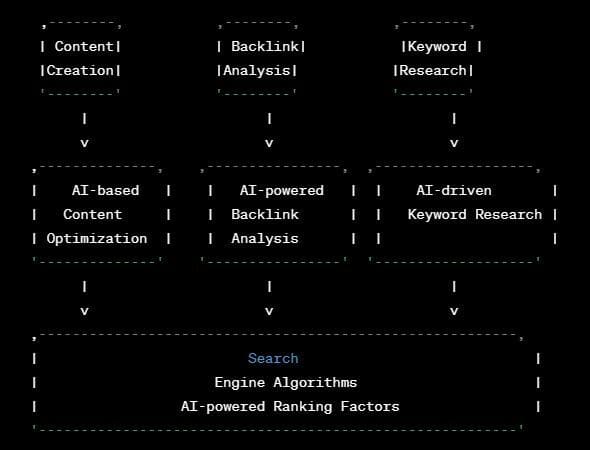How to Optimise Your Images for Visual Search
The way people search is changing—fast.
With 20 billion visual searches happening every month on Google Lens, it’s clear: visual search isn’t just the future; it’s the present. Younger audiences, especially those aged 18–24, are driving this shift, using images to find everything from products to information.

So, here’s the question: is your business ready?
If you’re not optimising your images for visual search, you’re missing out on a huge opportunity. But don’t worry—we’re here to help. Let’s dive into how you can prepare your website and images for this growing trend.
In this article:
What is Visual Search?
Visual search is a technology that allows users to search the web using images instead of text. Instead of typing keywords, users can upload a picture or take a photo to find similar products, objects, or information. This provides a more intuitive search experience, particularly for shopping, travel, and design-related queries.
What’s the Difference Between Image Search and Visual Search?
While both involve finding images, they work differently:
- Image Search – Users enter keywords to find images related to their query. This is the traditional method used on Google Images.
- Visual Search – Users upload or capture an image, and search engines use AI to identify similar images, objects, or products.
Visual search eliminates the need for text-based queries, making it a game-changer for industries like fashion, home décor, and eCommerce.
Key Players in Visual Search Technology
Several platforms are leading the way in visual search:
- Google Lens – One of the most widely used tools, Google Lens helps users identify objects, translate text, and find visually similar images.
- Amazon StyleSnap – A feature within the Amazon app that allows shoppers to upload photos and find similar clothing items.
- Bing Visual Search – Microsoft’s search engine provides a powerful visual search tool for identifying objects, products, and landmarks.
- Google Circle to Search – A new feature that allows users to circle an object on their screen to trigger a search, making visual search even more accessible.
Why Your Business Must Optimise for Visual Search
Consumers today demand speed and convenience. They expect to move from discovery to decision faster than ever before. That’s where visual search shines. It allows users to snap a photo or upload an image and get instant, relevant results.
What’s more, visual search builds trust. When users rely on tools like Google Lens, they trust that the results will lead them to the most accurate and relevant information.
For businesses, this means two things:
- You need to show up in those results.
- You need to ensure your website and images are primed for this new search behaviour.
How to Optimise Your Images for Visual Search
To capitalise on visual search, you’ll need to go beyond just uploading high-resolution photos. Here’s how to ensure your images are ready to support your digital strategy:
1. Use High-Quality, Relevant Images
- High Resolution: Use crisp, high-resolution images that clearly display your product or service. Blurry or pixelated images are less likely to rank well in visual search results.
- Relevance: Ensure images are directly related to your content. Search engines value relevance when deciding which images to display for user queries.
- Consistency: Use a consistent style and branding across all images to enhance recognition and trust.
2. Choose the Right Image Format
Selecting the correct image format affects loading speed and quality:
- JPEG: Best for photographs and complex images, offering good quality with smaller file sizes.
- PNG: Supports transparency and is ideal for logos and graphics.
- WebP: A modern format that provides high-quality images with smaller file sizes, improving page speed.
Using WebP is recommended for balancing quality and performance.
3. Add Descriptive File Names
Avoid uploading images with generic names like “IMG001.jpg.” Instead, use descriptive, keyword-rich filenames that reflect the image content.
Example:
❌ Bad: “product1.jpg”
✅ Good: “Scottish-tablet-unpacked-Mrs-Tillys.jpg”
Descriptive names make it easier for search engines to understand what your image is about, boosting its visibility in search results.
4. Optimise Alt Text
Alt text (alternative text) helps search engines understand your images and improves accessibility.
Best Practices:
- Be specific and concise.
- Incorporate relevant keywords naturally without stuffing them.
- Provide a clear and accurate description of the image.
Example Alt Text:
“A stack of traditional Scottish tablet by Mrs Tilly’s, featuring rich, crumbly, golden fudge-like pieces with a creamy texture. A jug of milk sits in the background, enhancing the warm, homemade feel.”
Strategic tip:
Optimise key visuals with alt-text narratives that answer ‘why,’ not just ‘what’ – AI uses them to build contextual bridges between platforms.

5. Compress Images Without Compromising Quality
Large image files can slow down your website, negatively impacting user experience and SEO. Use compression tools to reduce file sizes while maintaining quality.
Recommended Tools:
- TinyPNG
- ImageOptim
- ILoveIMG (supports bulk uploads, resizing, and basic editing)
A faster website not only ranks higher in search results but also keeps potential clients engaged, especially on mobile devices.
6. Implement Structured Data Markup
Adding structured data helps search engines better understand your images, increasing the likelihood of appearing in rich results.
Example Schema for a Law Firm Offering Free Consultations:
{
"@context": "https://schema.org",
"@type": "LegalService",
"name": "Your Law Firm Name",
"image": "https://www.example.com/images/free-consultation.jpg",
"url": "https://www.example.com/free-consultation",
"description": "Schedule your free consultation with our expert legal team.
Over 20 years of experience in personal injury and family law.",
"areaServed": "Atlanta, Sandy Springs, Dunwoody",
"offers": {
"@type": "Offer",
"name": "Free Consultation",
"availability": "InStock",
"price": "0.00",
"priceCurrency": "USD"
}
}This structured data provides search engines with key details about your service and image, boosting your visibility in search results.
Read also: The Real-World Guide to Multilingual WordPress for Legal & Financial Firms
7. Create an Image Sitemap
An image sitemap ensures that search engines index all your visual content. It provides detailed information about the images on your website, making it easier for search engines to crawl and rank them.
Pro Tip: Include video content in your sitemap as well, as video search is also gaining traction. Keeping your sitemap updated ensures maximum visibility.
8. Ensure Mobile Friendliness
With a significant number of visual searches occurring on mobile devices, your website must be fully responsive. Ensure images scale appropriately across all screen sizes without losing quality.
Use tools like Google’s Mobile-Friendly Test to check if your site performs well on different devices.
9. Use Descriptive Captions
Captions appear directly beneath images and provide another opportunity to include context and keywords. Engaging captions not only enhance the user experience but also help search engines understand the image content.
10. Focus on Context and Surrounding Text
Search engines analyse not just the image but also the text surrounding it. Ensure that your headlines, paragraphs, and subheadings complement the image and reinforce its relevance to the content.
Getting Started with Visual Search Optimisation
As tools like Google Lens continue to shape consumer behaviour, businesses that embrace visual search will have a clear advantage. For professional service providers, this means more than just attracting attention—it’s about building trust, credibility, and accessibility in a digital-first world.
By prioritising high-quality visuals, optimising alt text, and leveraging tools like structured data and image sitemaps, you can ensure your business is ready to meet the demands of modern search users.
How Agile Can Help
Want to ensure your website and images are fully optimised for search? Our SEO experts can help.
Agile is an independent Digital Marketing Agency headquartered in London, specialising in web design and search engine optimisation. Our proficiency is underscored by several HubSpot Certifications, and we take pride in being recognised as a 2023 Global Award Winner for SEO by Clutch. At the heart of our success lies a team that seamlessly navigates the intersection of technology and marketing, ensuring innovative and impactful solutions for our clients.
Related
Articles


